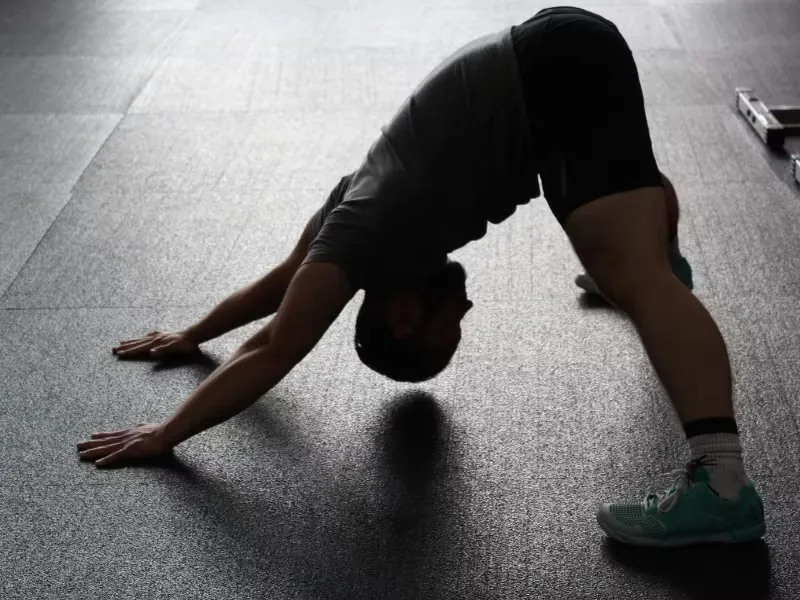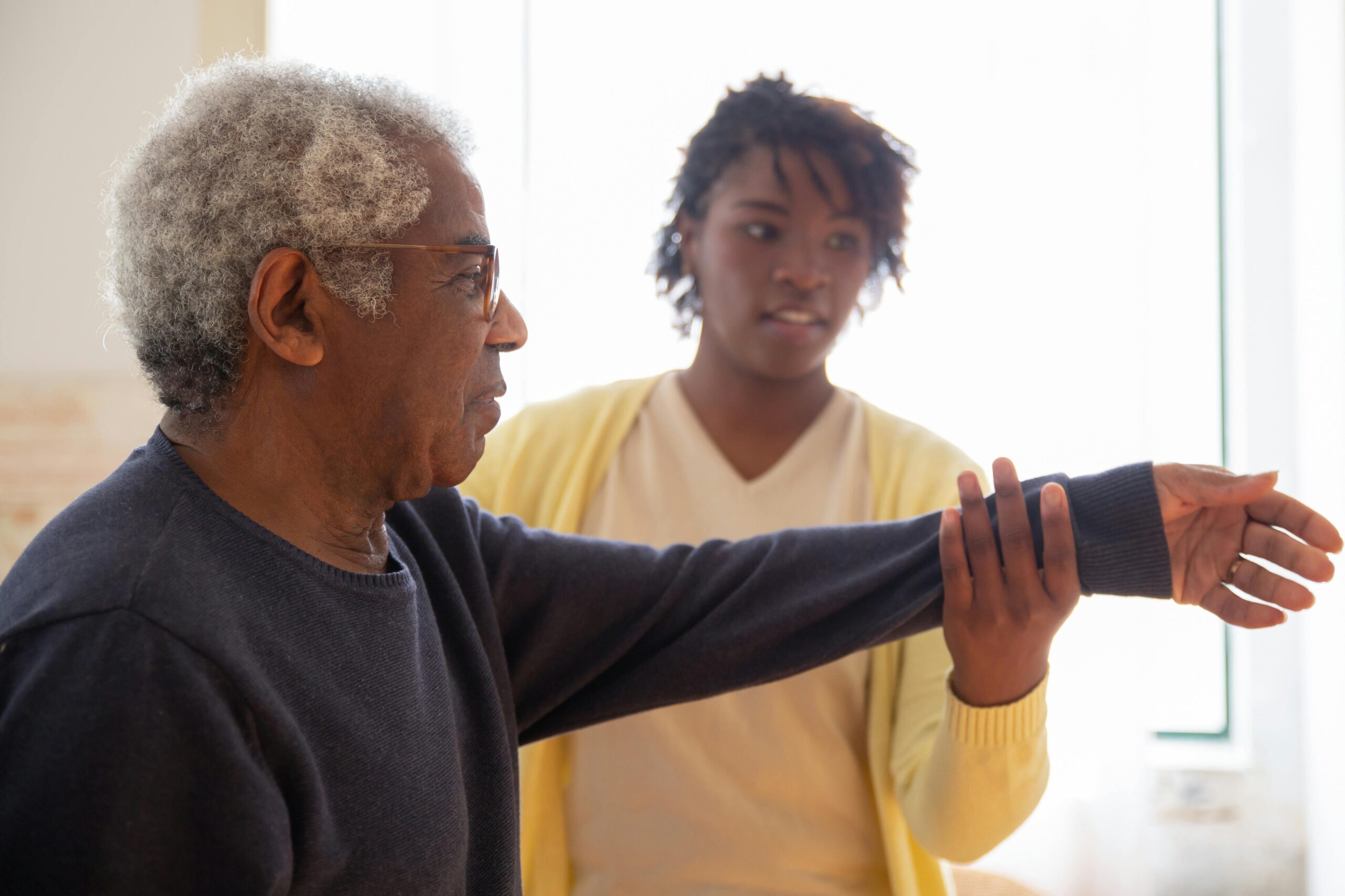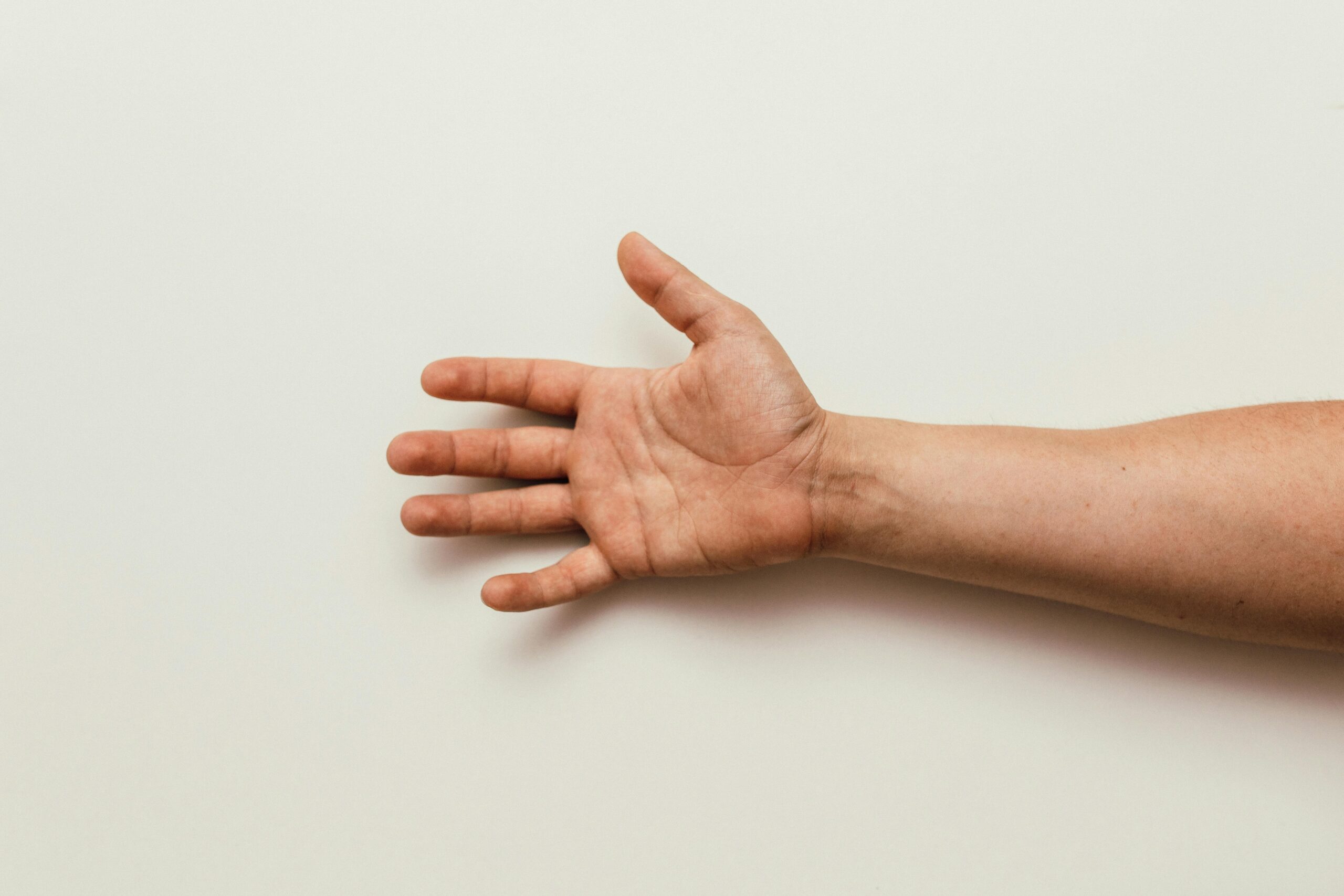Facts About Stretching Exercises You Shouldn’t Miss

Stretches do more than relax your muscles. It improves your flexibility and mobility, thereby enabling you to move without the risk of injuries. Muscle soreness is a common issue these days due to the new-normal sedentary lifestyle. Thus, people are curious about whether stretching exercises can fix the problem and help them function healthily or not. This blog shares all the crucial information about stretching exercises to help you make a decision.
Why is Stretching Important?
The human body is meant to move. When it doesn’t receive the required amount of movement, muscles start tightening up and joints become immobile. This is also why you may find it hard to move your back after sitting in a chair for prolonged hours.
Stretching exercises keep your muscles engaged in movement. It keeps them flexible and mobile, thereby helping you avoid muscle stiffness. Whether you spend the majority of your time sitting at a desk or watching television, a few minutes of stretching prevents the muscle from tightening.
Muscles also tend to function more efficiently when you perform stretching exercises daily. The flow of synovial fluid improves within joints, thus increasing flexibility and boosting blood flow.
Stretching is especially important if you are a sportsperson. It helps you prepare for the strenuous activities involved in workout sessions or games. Also, repetitive physical activities strain your muscles, ligaments and tendons. Stretching heals the damaged tissues and improves your range of motion.
Who can do Stretching Exercises?
Stretching is often associated with athletes or runners. But, it isn’t limited to that. Everyone needs to perform at least the basic stretching exercises daily for better mobility and fitness. According to physiotherapists, one should practise stretching exercises whether in pain or not to protect their musculoskeletal system.
How to Start?
The stretching should focus on the end of the body initially and eventually work towards the core of the body. The Achilles Tendon and calf muscles are usually the first group of muscles to become stiff. So, you should pay extra attention to these areas along with the hamstrings in your lower body and triceps in the upper body. Other targetted muscles include the quadriceps in front of your thigh and hip flexors in the pelvis.
You needn’t have to stretch every muscle in your body. This is where the role of physiotherapists comes into play. They can assess your health and recommend the right exercises for your quick recovery.
Are There Any Cons of Stretching Exercises?
Yes, there are certain disadvantages of stretching that usually occurs when you do the exercises without the supervision of a physical therapist. Stretching muscles beyond their capabilities can increase the risk of injuries and takes a toll on your strength.
But, these are easily avoidable if you know which exercise to perform and when. The physical therapist guides you initially so that you can perform them on your own at home.
Final Thoughts,
Stretching exercises benefit everyone only if you know the right technique. Trying them out without guidance can lead to further injuries, which is also one of the cons of stretching. So, you can seek help from a physiotherapist to make the most of the benefits of stretching.
Blog Categories
- Acupuncture Treatment (10)
- Ankle Sprain (1)
- Arthritis Treatment (1)
- Back Pain (23)
- Chiropractic Care (38)
- Tennis Elbow (1)
- Chronic Pain (5)
- COVID-19 (1)
- Custom Orthotics (6)
- Dizziness (4)
- Exercises (13)
- Foot Orthotics (6)
- Hamstring Stretches (2)
- Info Articles (3)
- Kids Injury (1)
- Laser Therapy (4)
- Massage Therapy (21)
- Neck Pain (16)
- Orthopedic (1)
- Osteoarthritis (5)
- Osteopathy (3)
- Pain Management (18)
- Physiotherapy Benefits (44)
- Physiotherapy Clinic (6)
- Physiotherapy Exercises (12)
- Physiotherapy Tips (25)
- Physiotherapy Treatment (100)
- Rotator Cuff (2)
- Shin Splints (1)
- Shoulder (2)
- Spine (4)
- Sports Physiotherapy (2)
- Uncategorized (1)
- Vestibular Physiotherapy (2)
- Work From Home (2)


